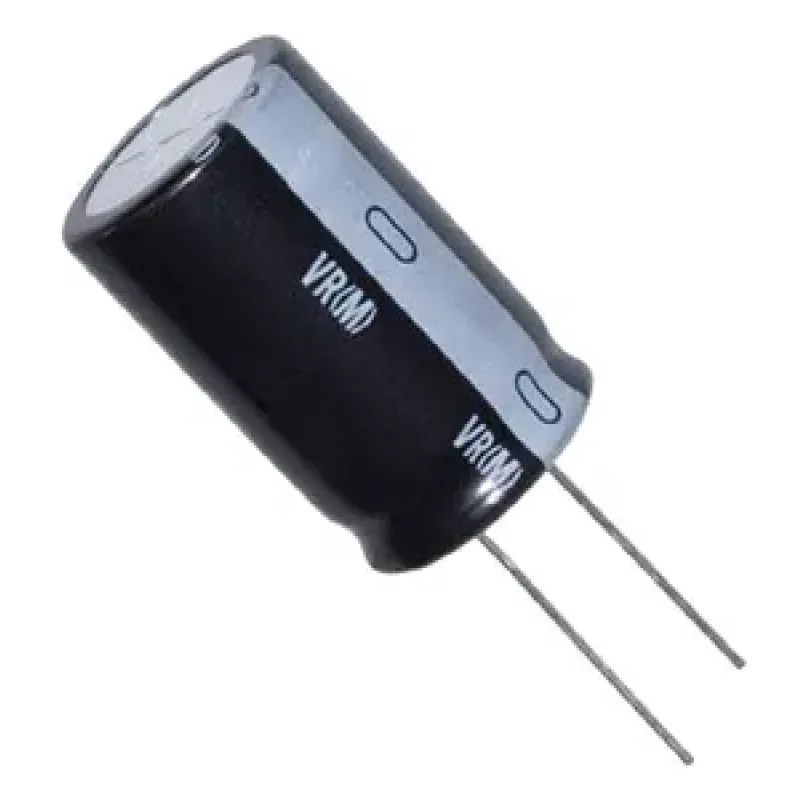
- Stock: Out of Stock
- Model: C414.1000UF50V
Electrolytic Capacitors: An Essential Component in Electronics
Electrolytic capacitors are prevalent in a myriad of electronic applications, serving crucial roles such as electrical energy storage and signal filtering. The defining feature of these capacitors is an electrolyte layer, which houses an electrolytic solution, positioned between an anode and a cathode that are separated by an insulator.
Primary Varieties of Electrolytic Capacitors
There are predominantly two types of electrolytic capacitors: aluminum electrolytic capacitors and tantalum electrolytic capacitors.
- Aluminum Electrolytic Capacitors: These capacitors are fabricated with a dielectric oxide layer sandwiched between aluminum foil and an electrolytic solution.
- Tantalum Electrolytic Capacitors: These capacitors are composed of a tantalum powder anode, an electrolytic solution, and a cathode.
Applications and Characteristics of Electrolytic Capacitors
Electrolytic capacitors are recognized for their high capacitance and are frequently engineered to function at elevated voltages. This enables their use in a variety of settings such as power supply circuits, amplifiers, filter circuits, and a wide array of industrial and consumer electronics applications.
Pros and Cons of Electrolytic Capacitors
Electrolytic capacitors offer several benefits including high capacitance, cost-effectiveness, and broad voltage ranges. Nonetheless, they also present certain drawbacks such as their large size, the potential for their values to fluctuate over time, and a vulnerability to damage if subjected to reverse polarization. Consequently, the selection of the appropriate capacitor type is crucial, contingent upon the specific needs of the application and the context of use.








